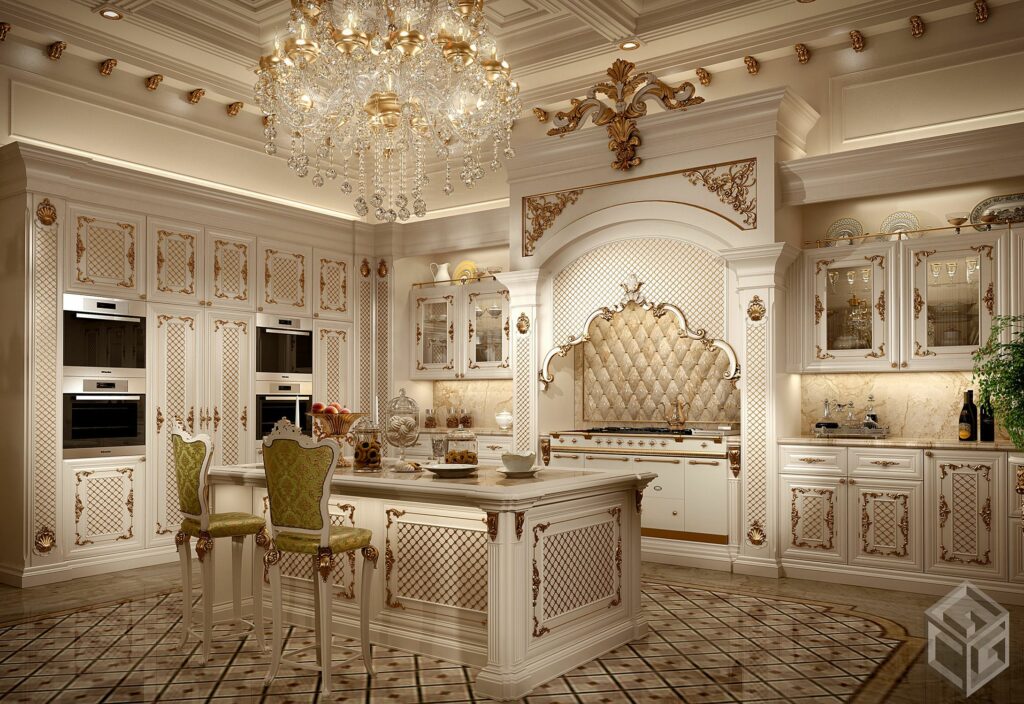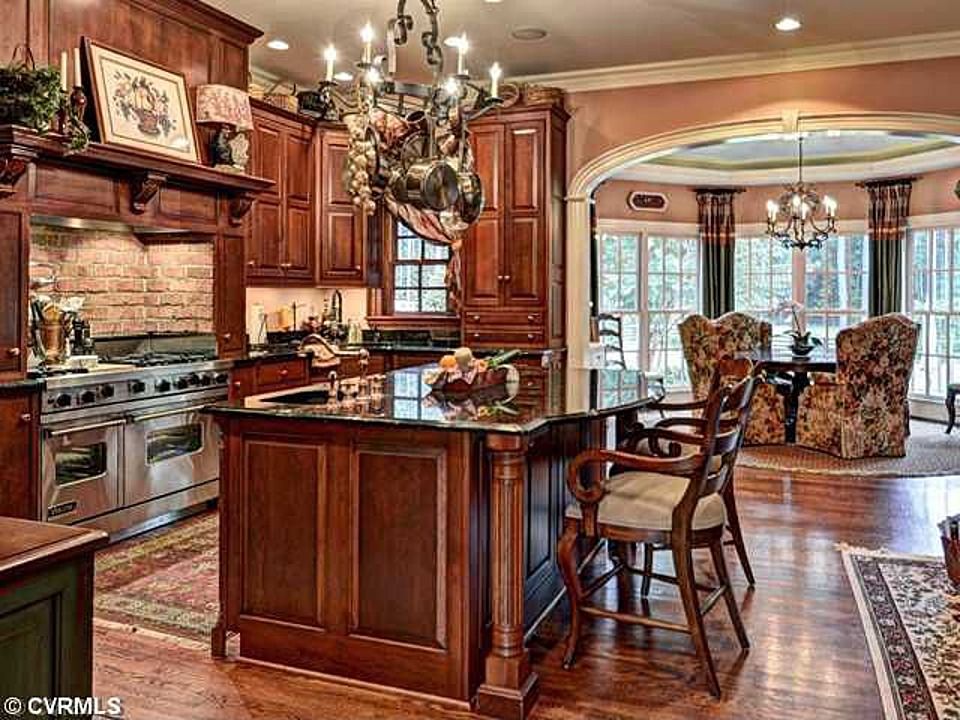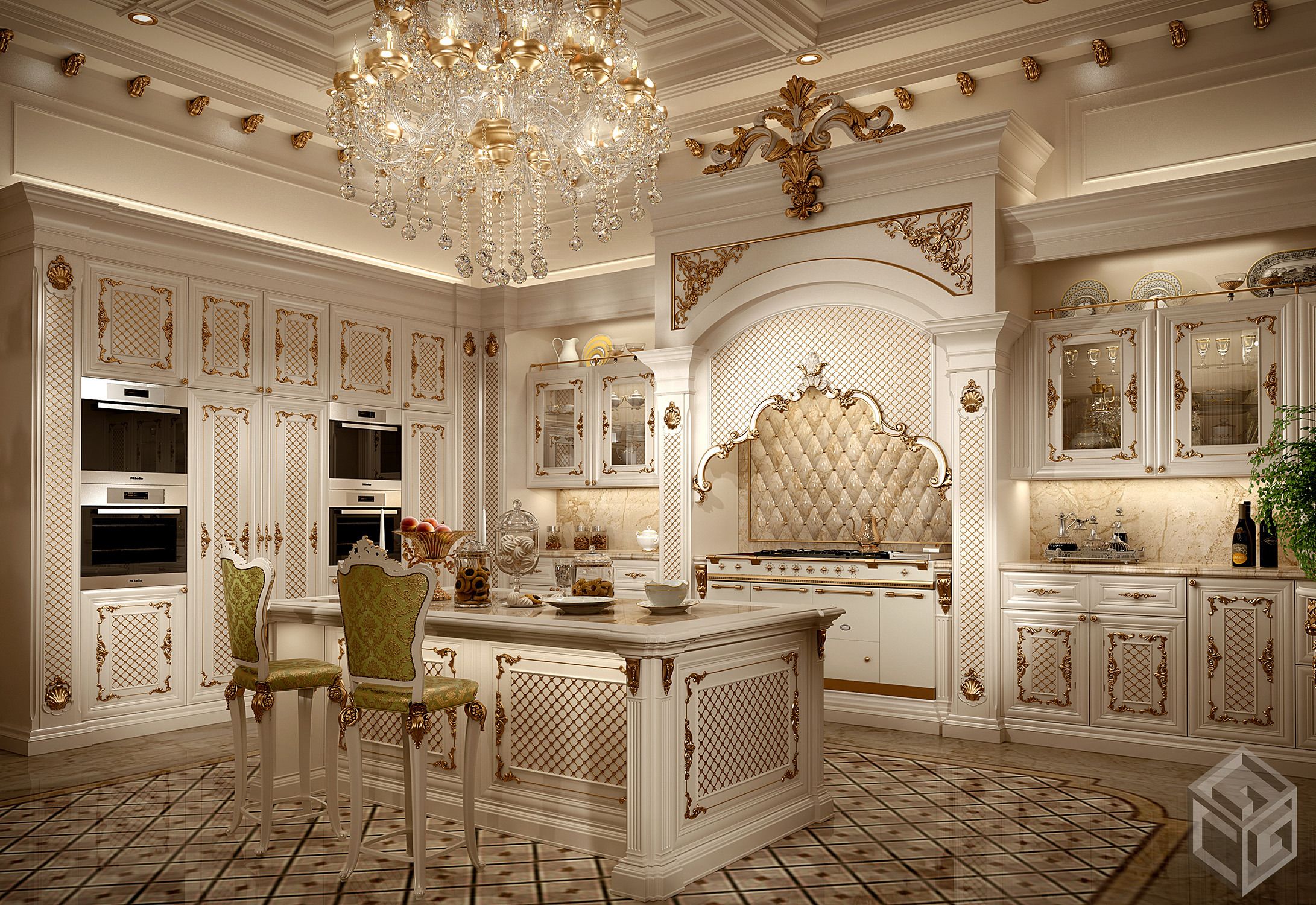The first thing that you will notice when you look at a building is its design. It is made to capture your attention as an architectural wonder. Every major city has parts that date way back. These buildings became a landmark with tourists visiting from every corner of the world. What makes these buildings distinct are the different architectural styles. Many are easily recognizable due to the popularity of the specific looks they have. That being said, these memorable architectural styles around the world are being used by architects for modern projects. On that note, here are the top 5 architectural styles that you can easily recognize no matter where you see them.
Table of Contents
Classical Architecture

Classical architecture is a style that we have all heard and know about. In most cases, when you look at a building, you can easily determine if it is the classical style. The style itself originated from ancient Greece and Rome. By utilizing a set template during building, this style was born, being most commonly used to build temples which are known for their geometry, perspective, and symmetry. Additionally, the Greek order of columns or “architectural orders” Doric, Ionic, and Corinthian is one of the most notable elements. The most common buildings that represent this style are the Parthenon in Athens and the Colosseum in Rome. Even though it was for the most part replaced by the modern style, the classical style has influenced different styles of architecture over the centuries.
Industrial Architecture
The term industrial architecture covers all of the buildings that were constructed with a need for industry. These typically include different styles and building types that were mixed in the building process. There are ample examples all around us in the industrialized world such as foundries, warehouses, steel mills, factories, distilleries, water towers, breweries, grain silos, power plants, refineries, and many others that fall under the category of utilitarian structures. The rise of the industrial style started in the 18th century with the rise of the Industrial Revolution. This style was possible due to the widespread use of materials such as concrete and metal which were new at that time. Additionally, it helped in developing modern architectural designs.
Modern Architecture

The modern architectural style began at the start of the 20th century. It is not clear where it first began, whether it was with Bauhaus, Le Corbusier, or Frank Lloyd Wright. Nonetheless, it quickly rose to fame and began to spread all around the world. This style made use of clean lines, open floor plans, built-in storage, and functional design. With the help of the industrial revolution, modern-style architects had plenty of materials to focus on and use such as concrete, glass, stone, steel, iron, wood, and brick. Unlike previously popular styles, the modern style focused on making the structure blend into the natural landscape around it. Additionally, with the windows being much larger, natural light became a big part of the whole style marking the modern house design we know today.
Victorian Architecture

When it comes to Victorian architecture, it is referring to an era rather than a specific architectural style. The Victorian era lasted with the rule of Queen Victoria which was between 1837 and 1901. It goes without saying that this architectural style originated in England where it is widely spread and still present in the majority of cities. The so-called Victorian style spread around the world mainly to New Zealand and Australia, but also to North America. The ornaments and the ornate interior design are what separates Victorian architecture from the rest. The most notable differences are roofs that are pitched steep, brick which is either painted or simple and plain, ornate gables, towers which are octagonal or round, and lastly wraparound porches. On the inside, you can expect high ceilings, grand staircases, intricately carved wood, complicated layouts, and of course a big decorated fireplace.
Contemporary Architecture
Contemporary architecture represents a wide range of building styles that are present today. These styles can look very different from each other, while some of them are completely unique without any resemblance or influence from previous styles. It came after the modern and postmodern periods focusing on more innovative materials and methods for building. These new methods like laser-cutting technology and 3D technology helped architects with designing curved lines and rounded forms that are asymmetric and have unconventional volumes. The most important feature in contemporary architecture is sustainability.
Conclusion
There are so many different architectural styles integrated in the architecturethat it is hard to count them all. They all have their own specific origin and cultural importance. In this article, we went over the five most recognizable architectural styles that you have probably seen. Most of the well-known structures around the world are built using these styles, so no matter where you go you are bound to come across them and enjoy their beaut
